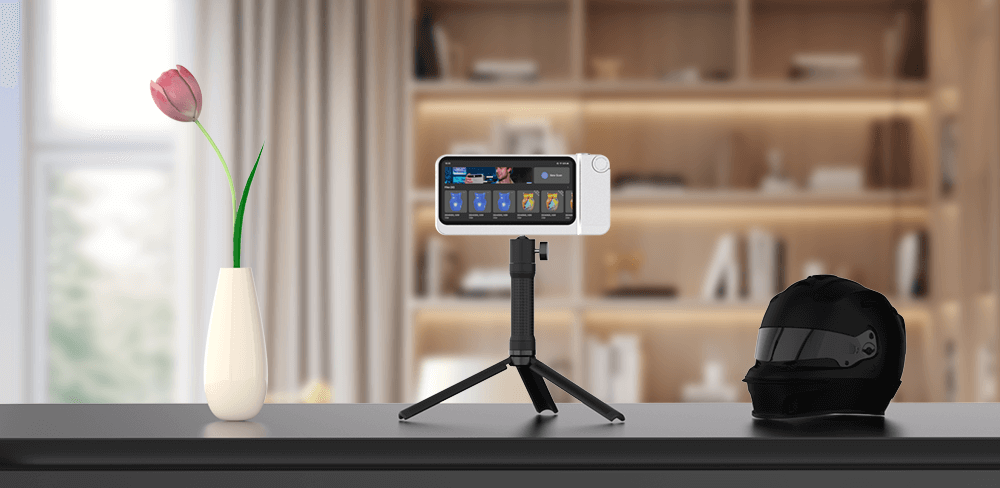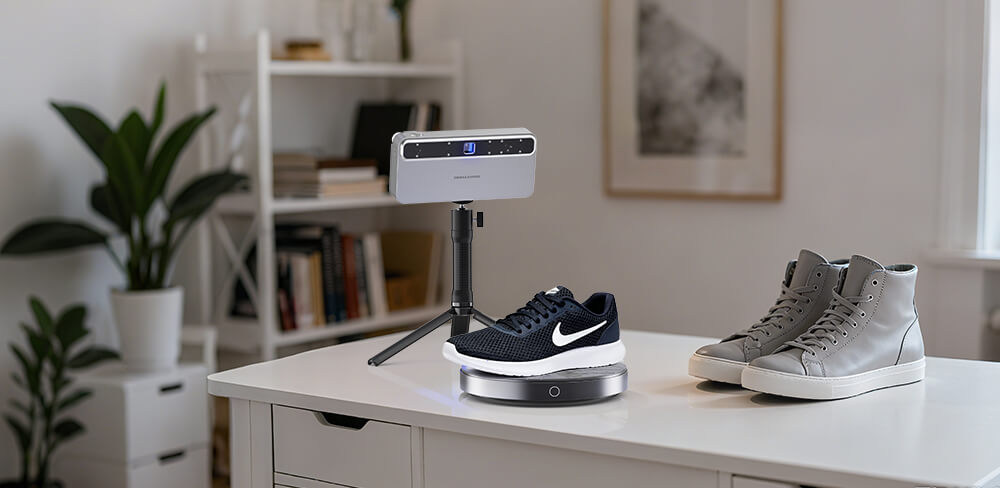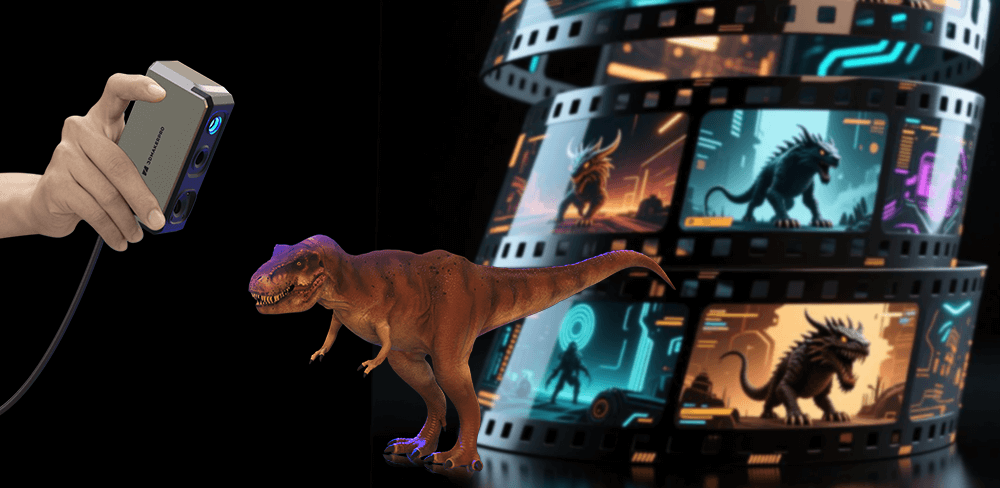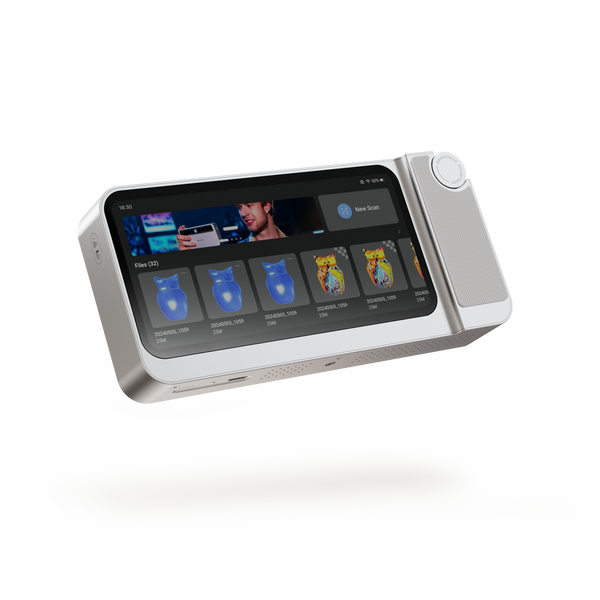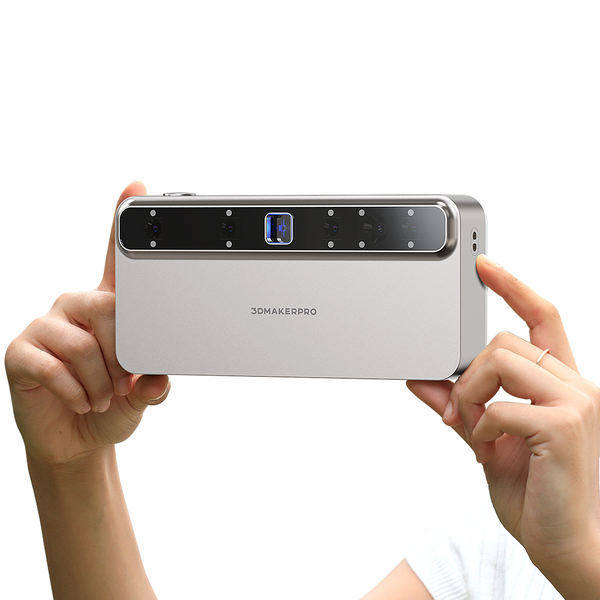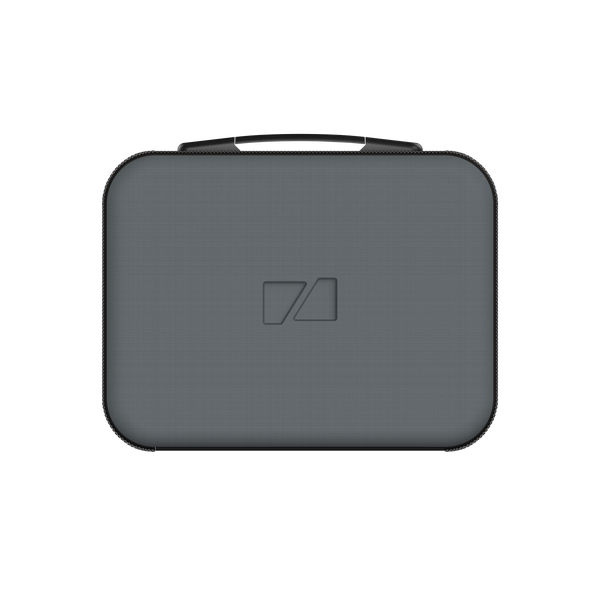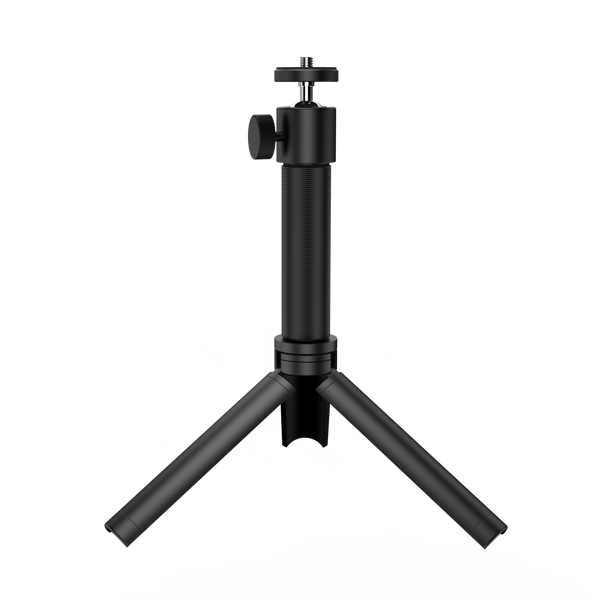Scanning dark and shiny objects presents unique challenges due to their reflective surfaces, which can obscure details and complicate data capture. This complexity arises from several inherent factors, making effective scanning a multifaceted task. Recently, phase shift scanners have proven to be a powerful solution for these issues. A notable example is the Toucan 3D Scanner, a dark scanner that combines advanced technology with user-friendly features to enhance the scanning experience. This dark scanner excels in environments where traditional methods struggle. In this blog, we’ll explore how phase shift scanning technology works and its benefits, with a focus on the characteristics of the Toucan 3D Scanner.
Understanding the Challenges of Scanning Dark and Shiny Objects
1. Reflection and Glare
Dark and shiny surfaces tend to reflect light in unpredictable ways, creating glare that can obscure critical details. This reflection can distort the data captured by scanners, leading to inaccuracies in the 3D model. The challenge is particularly pronounced with highly polished materials, where even slight variations in angle can result in significant changes in the reflected light, complicating the scanner’s ability to capture a true representation of the object.
2. Contrast Issues
High-reflectivity surfaces often provide poor contrast against the background, making it difficult for scanners to differentiate between the object and its environment. This lack of contrast can result in scanners missing critical details or failing to capture the object's true shape. Additionally, shadows created by reflections can further obscure features, leading to incomplete or misleading scans.
3. Surface Texture
Smooth, shiny surfaces can lack the texture needed for some scanning technologies to function correctly. Many scanners rely on surface irregularities to gather data; without these, the scanner may struggle to collect accurate measurements. This is particularly problematic in applications that require fine detail, such as in the fields of design and heritage preservation.
Understanding Phase Shift Scanners
Phase shift scanners utilize a technique that measures the time it takes for a light signal to return after being emitted from the scanner. This method involves projecting a modulated light source onto the object and capturing the phase shift of the reflected light. By analyzing these shifts, the scanner can create highly detailed 3D models of the object’s surface.
Advantages of Using Phase Shift Scanners for Dark and Shiny Objects
1. Enhanced Detail Capture
One of the standout advantages of phase shift scanners lies in their ability to capture intricate details on dark and shiny surfaces. The method’s sensitivity allows for the detection of subtle features that might be missed by other scanning technologies. The Toucan 3D Scanner, as a dark scanner, has an impressive resolution with a fixed shot resolution of ≤ 0.03mm and ≤ 0.05mm for small objects, ensuring that the final 3D models are an accurate representation of the original object. This dark scanner has dual-lens imaging, generating 7 photos into one frame of point cloud, allowing it to scan thin and small objects more accurately compared to single-frame coded scanners.
2. Reduced Sensitivity to Surface Reflection
Unlike traditional laser scanners that can struggle with reflective surfaces, phase shift scanners are designed to minimize the impact of glare and reflections. The phase shift method measures the light’s phase rather than intensity, allowing for more accurate data collection even in challenging conditions. The Toucan 3D Scanner's four 3D cameras work in tandem with its 48 MP RGB camera to capture rich detail, further mitigating issues caused by shiny surfaces.
3. Faster Scanning Times
Phase shift scanners are known for their rapid data acquisition capabilities. Their ability to capture large amounts of data in a short period makes them ideal for high-throughput environments. With the Toucan 3D Scanner, users benefit from a scanning range of 135×185 - 1000×750 mm, and up to 15 fps scan speed, allowing for flexible scanning configurations while maintaining fast data capture, which is essential for a dark scanner.
4. Versatility Across Applications
Phase shift scanners are highly versatile and can be used in a wide range of applications, from industrial manufacturing to cultural heritage preservation. The Toucan 3D Scanner exemplifies this versatility with its various scan types, including continuous handheld scans, photo scans, and table scans. This adaptability makes it suitable for tasks such as reverse engineering, quality assurance, and product design, reinforcing its value as a dark scanner.
5. Improved Data Quality and Post-Processing
The data captured by phase shift scanners is often of higher quality, making post-processing more effective. With detailed and accurate scans, users can perform better analysis and modeling, leading to improved outcomes in subsequent design or manufacturing stages. The Toucan 3D Scanner’s built-in storage of 256 GB eMMC allows for ample data management, facilitating smooth integration with CAD software and other design tools, which enhances its functionality as a dark scanner.
Phase shift scanners represent a significant advancement in the field of 3D scanning, particularly for dark and shiny objects that present unique challenges. The Toucan 3D Scanner, with its impressive specifications as a dark scanner, showcases the potential of this technology. Its capabilities in capturing detailed data, reducing sensitivity to reflections, and providing faster scanning times make it an ideal choice for various applications. By embracing this innovative solution, organizations can unlock new possibilities and drive progress in their respective fields.


